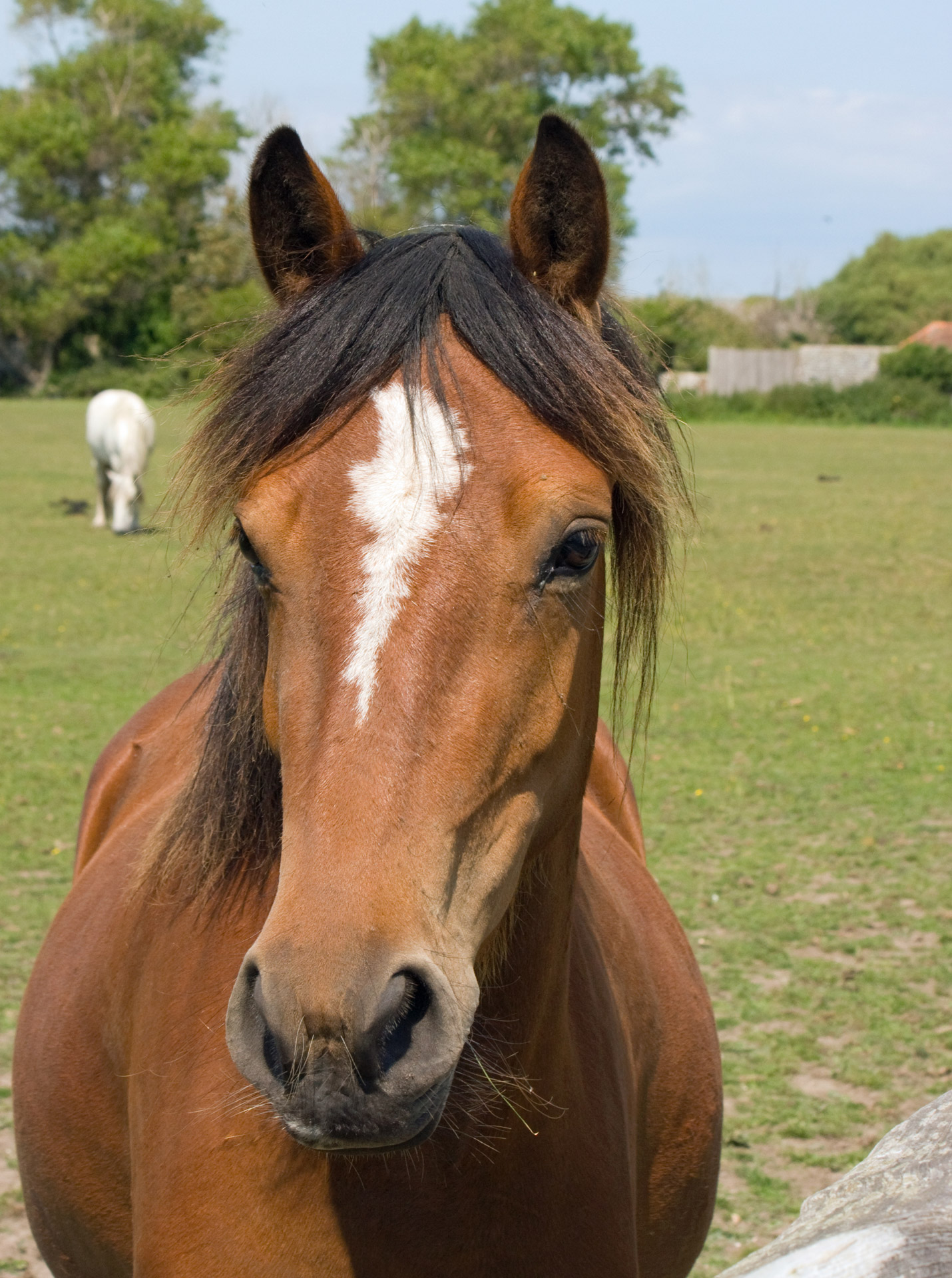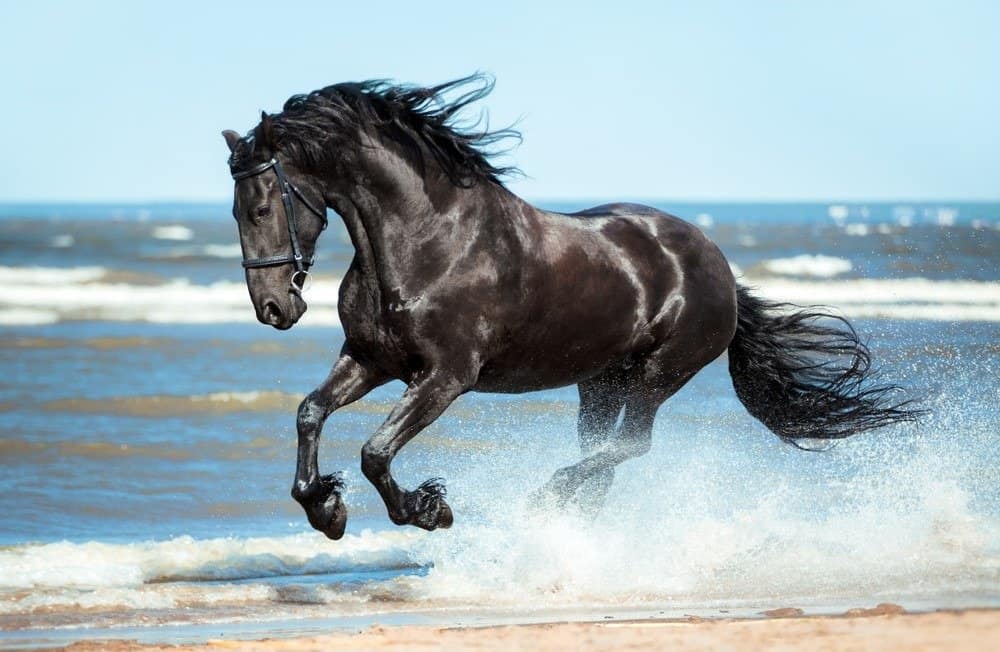Exploring Horse Sneakers: Modern Hoof Care For Your Equine Friend
Taking care of a horse’s feet is, in a way, one of the most important things a horse owner can do for their animal. You see, the well-being of a horse, that is, a magnificent creature known scientifically as Equus caballus, truly depends on how healthy their hooves are. Just think about it, their long leg bones are supported right there, on the tips of their toes, making their feet incredibly vital for everything they do. So, when we talk about "horse sneakers," we are actually looking at a rather interesting and modern approach to keeping those crucial hooves safe and sound. It's about giving our equine companions the best possible foundation for a happy, active life.
For centuries, people have tried different ways to protect horse hooves. From ancient methods to the more common metal shoes we often see today, the goal has always been to keep these animals comfortable and able to move freely. Yet, as our understanding of horse anatomy and movement grows, new ideas come along. "Horse sneakers" represent a bit of a fresh perspective, offering what many see as a kinder, more natural option for hoof protection.
This article will explore what "horse sneakers" really mean in the context of modern equine care. We'll look at the different kinds of products that fit this idea, why people are choosing them, and how they might just change the way we think about horse hoof health. You'll get to learn about how these solutions aim to support the horse's natural foot function, potentially making a big difference for the millions of domesticated horses around the world.
- Rachel True Net Worth
- Different Types Of Dragons
- Where Is Tynesha Brooks Now
- Tren Twin Age
- Net Worth Of Danica Patrick
Table of Contents
- What Exactly Are Horse Sneakers?
- Why Consider Horse Sneakers for Your Horse?
- Choosing the Right "Sneakers" for Your Horse
- Care and Maintenance of Horse Sneakers
- The Future of Equine Footwear
- Frequently Asked Questions About Horse Sneakers
What Exactly Are Horse Sneakers?
When someone mentions "horse sneakers," they're not really talking about tiny running shoes for horses, you know, like human sneakers. Instead, this term is a bit of a playful way to describe modern, non-traditional hoof protection options that are more flexible, often more comfortable, and typically less invasive than old-fashioned metal horseshoes. It's a concept that has grown quite a bit in popularity as people look for ways to support the natural function of a horse's foot.
Beyond Traditional Shoes: A New Outlook
For a very long time, metal shoes were the standard for domesticated horses, which, you know, number around 60 million globally. These shoes, basically, nailed onto the hoof, aimed to protect the hoof wall from wear and tear, especially on hard surfaces. But, there's a growing understanding that this method, while effective in some ways, might restrict the natural expansion and contraction of the hoof, which is very important for circulation and shock absorption. So, the idea of "horse sneakers" came about as a way to offer protection without, like, hindering that natural movement.
Hoof Boots: The Original "Sneakers"
Perhaps the closest thing to actual "horse sneakers" are hoof boots. These are, essentially, protective coverings that slip over the horse's entire hoof, much like a boot on a human foot. They're often made from tough, durable materials like polyurethane, rubber, or specialized plastics. Hoof boots are really versatile; you can put them on and take them off as needed, which is a big plus for many horse owners. They're used for riding on rough terrain, for horses with sensitive hooves, or even as a temporary solution when a horse loses a traditional shoe. There are, you know, many different designs, each with its own way of fastening, like straps, buckles, or even gaiters that wrap around the pastern.
- Disney Subliminal Images
- Monica Huldt Wiki
- Humberly Gonz%C3%A1lez Partner
- Names For A Goblin
- David Sparks Net Worth
Composite Shoes: A Hybrid Approach
Another type of "horse sneaker" could be composite shoes. These are a bit of a middle ground between traditional metal shoes and full hoof boots. They're usually made from synthetic materials, like plastics or resins, sometimes with a metal core for added strength. Unlike hoof boots, composite shoes are often glued or nailed onto the hoof, similar to metal shoes, but they offer more flexibility and better shock absorption than steel or aluminum. They're a really good option for horses that need constant protection but might benefit from a lighter, more forgiving material. It's a way to get some of the benefits of a "sneaker" while still having a fixed shoe.
Why Consider Horse Sneakers for Your Horse?
So, why are more and more people turning to these "horse sneakers" for their equine companions? Well, there are several compelling reasons, really, that make them an attractive choice for many horse owners. It often comes down to prioritizing the horse's comfort and long-term hoof health, which is, you know, a pretty big deal for an animal whose entire body is supported by those amazing feet.
Comfort and Natural Movement
One of the biggest draws of horse sneakers, whether they're boots or composite shoes, is the comfort they can offer. Traditional metal shoes can, in some ways, restrict the natural expansion and contraction of the hoof, which happens with every step. "Sneakers," on the other hand, are typically designed to allow more natural hoof movement. This can lead to better circulation within the hoof and a more comfortable gait for the horse. Think about it: a horse's form is characteristic of an animal of speed, with long leg bones supported on the tips of the toes, so anything that helps that natural function is a good thing.
Shock Absorption and Impact Reduction
Another key benefit is their ability to absorb shock. The materials used in "horse sneakers" are often much better at cushioning the impact of each stride compared to rigid metal. This shock absorption can really help reduce stress on the horse's joints, tendons, and ligaments, especially when they're working on hard or uneven surfaces. It's a bit like wearing athletic shoes for us; they just make movement feel smoother and less jarring. This is, you know, especially important for horses involved in high-impact activities or those that might be a little older.
Therapeutic Uses and Recovery
"Horse sneakers" also have a very important role in therapeutic care and recovery. For horses dealing with hoof injuries, laminitis, or other sensitive hoof conditions, these modern solutions can provide gentle, consistent protection and support. They can be used to hold dressings, provide cushioning during rehabilitation, or simply offer a comfortable alternative to traditional shoes while the hoof heals. It's a way to give a horse a bit of a soft landing when they need it most, which is pretty kind.
Versatility for Different Activities
Given that there are more than 300 breeds of horse in the world today, developed for many different uses, it makes sense that hoof protection needs to be versatile. "Horse sneakers" fit this bill quite well. Hoof boots, for instance, can be put on for a trail ride over rocky terrain and then taken off when the horse is turned out in a soft pasture. This flexibility allows owners to tailor the protection to the specific activity and environment, which is, you know, really convenient. Whether it's for a mare going on a leisurely walk or a stallion training for a competition, there's likely a "sneaker" option that fits.
Choosing the Right "Sneakers" for Your Horse
Picking out the perfect "horse sneakers" for your equine friend isn't just a matter of grabbing the first pair you see. It really takes some thought, you know, to make sure they're the right fit and style for your horse's unique needs. Just like we wouldn't wear hiking boots to a formal event, a horse needs the right footwear for their particular activities and hoof shape.
Understanding Your Horse's Needs
First off, you'll want to think about what your horse actually does. Is your horse, perhaps, a pleasure riding companion who mostly goes on soft trails? Or is it a performance animal, maybe a colt or a filly, that trains intensely on varied surfaces? The type of activity will really influence the kind of protection needed. Also, consider your horse's hoof health. Does it have any sensitivities, thin soles, or a history of lameness? These factors will guide you toward materials and designs that offer the best support and comfort. You see, every horse is a bit different, even though they all belong to the single species, Equus caballus.
Fitting is Key
This is, arguably, the most critical part: proper fit. Just like human shoes, "horse sneakers" that are too big will rub and twist, causing sores, while ones that are too small will pinch and restrict blood flow. You'll need to measure your horse's hooves very carefully, both the length and width, right after a fresh trim. Many manufacturers provide detailed sizing charts, and it's always a good idea to consult with your farrier or an experienced equine professional. A good fit ensures the "sneakers" stay on securely, provide the intended protection, and allow for natural hoof function. It's really important to get this right.
Material Matters
The materials used in "horse sneakers" vary quite a bit, and each has its own advantages. Some are made from very soft, flexible rubber compounds that offer maximum cushioning, while others use tougher, more rigid plastics for durability on rough terrain. You might find some with breathable fabrics for comfort or specialized treads for grip. Thinking about the environment your horse will be in – whether it's wet, muddy, rocky, or sandy – will help you pick a material that stands up to the conditions and provides the right kind of traction. It's, you know, all about matching the material to the job.
Care and Maintenance of Horse Sneakers
Just like your own favorite pair of sneakers, "horse sneakers" need a bit of love and care to last. Keeping them clean and in good shape will really extend their lifespan and ensure they continue to protect your horse's hooves effectively. It's not a huge chore, but it's, you know, an important part of using these modern hoof protection options.
After each use, especially if you've been on muddy or dusty trails, it's a good idea to clean the "sneakers." Most can be simply rinsed off with water. For stubborn dirt, a soft brush can help. Make sure to remove any debris that might be stuck in the treads or inside the boot, as this could cause rubbing or discomfort for your horse. Letting them air dry completely before storing them is also a very good practice to prevent mold or mildew from growing, which, you know, nobody wants.
Regularly check the fasteners, straps, and buckles for wear and tear. Over time, these parts can stretch, fray, or break. Replacing worn components promptly can prevent a boot from coming off during use or causing an injury. Also, inspect the inside of the "sneakers" for any rough spots or areas that might be rubbing against the hoof. Sometimes, a bit of padding or a slight adjustment can make a big difference in comfort. It's all about, basically, keeping an eye on things.
Storing your horse sneakers in a cool, dry place away from direct sunlight will also help preserve the materials. Extreme temperatures can, you know, degrade certain plastics and rubbers over time. By following these simple steps, your horse's "sneakers" will remain a reliable and comfortable part of their hoof care routine for a long time.
The Future of Equine Footwear
The concept of "horse sneakers" is, in a way, just the beginning of what's possible in equine hoof care. As technology keeps moving forward, we can expect even more innovative solutions to emerge. Think about it: our understanding of horse anatomy and movement, which includes how their long leg bones are supported on the tips of their toes, is always growing. This knowledge will, you know, surely lead to even better designs.
We might see "sneakers" that are custom-made using 3D printing technology, perfectly molded to each individual hoof, offering truly bespoke protection. Materials could become even more advanced, perhaps with self-cleaning properties or built-in sensors that monitor hoof temperature and pressure, sending data directly to a farrier or owner. The idea of smart "horse sneakers" isn't so far-fetched, actually. It's a pretty exciting thought.
There could also be greater integration of sustainable materials, making these products not only good for horses but also better for the planet. As the ancient relationship between human and horse continues to evolve, so too will the ways we care for these magnificent animals. The drive for comfort, performance, and overall well-being will, basically, continue to push the boundaries of what's possible in equine footwear. Learn more about horse care on our site, and discover more about hoof health here.
Frequently Asked Questions About Horse Sneakers
People often have questions when they first hear about "horse sneakers" or modern hoof protection. Here are some common ones that come up, you know, quite a bit.
What are horse sneakers, really?
Horse sneakers are, essentially, modern, non-traditional forms of hoof protection for horses. This term usually refers to hoof boots or composite shoes, which are made from flexible, cushioning materials like rubber or specialized plastics. They're designed to protect the horse's hoof while allowing for more natural movement and better shock absorption than traditional metal shoes. It's a bit of a casual name for advanced hoof care products.
Do horses wear shoes, or are these different?
Yes, many domesticated horses do wear shoes, typically metal ones, which are nailed onto the hoof. "Horse sneakers" are different in that they are often less invasive. Hoof boots, for example, are usually put on and taken off as needed, without being permanently attached. Composite shoes, while sometimes glued or nailed, are made of flexible materials that behave differently from rigid metal. So, they are, in a way, an alternative to traditional shoeing, offering different benefits.
Are horse boots better than metal shoes for my horse?
Whether "horse boots" (a type of "sneaker") are "better" than metal shoes really depends on the individual horse, its activity level, and its hoof health. Many people find that boots offer superior shock absorption and allow for more natural hoof function, which can be great for joint health and comfort. However, metal shoes have their own advantages, especially for certain disciplines or hoof conditions. It's always best to talk with your farrier or an equine vet to decide what's best for your horse's specific situation. They can give you, you know, the most accurate advice.
- Most Famous Person From California
- Who Owns Most Expensive Car In The World
- Dares To Do Over Text With A Boy
- Cassi Davis Height
- Black Bald Cartoon Character

File:Puerto rican-Paso-Fino-Horse-chestnut.jpg - Wikimedia Commons

Horse Portrait Free Stock Photo - Public Domain Pictures

Horse Animal Facts - Equus caballus - A-Z Animals